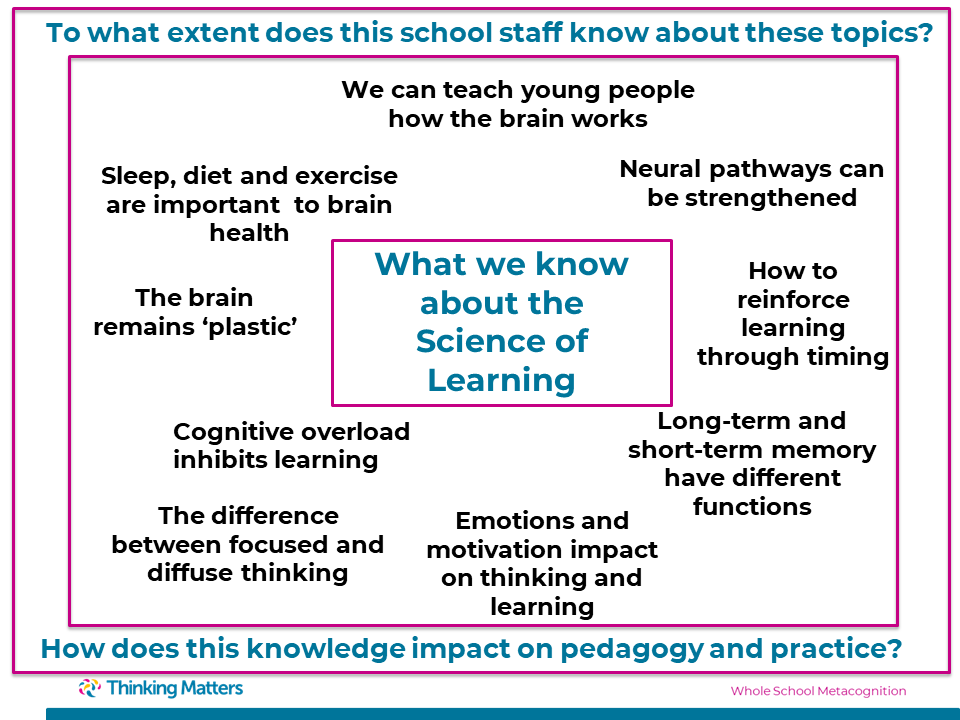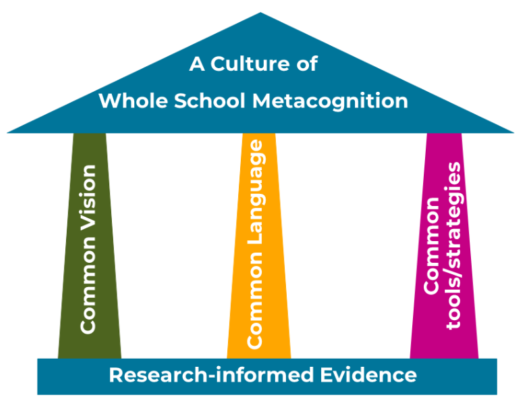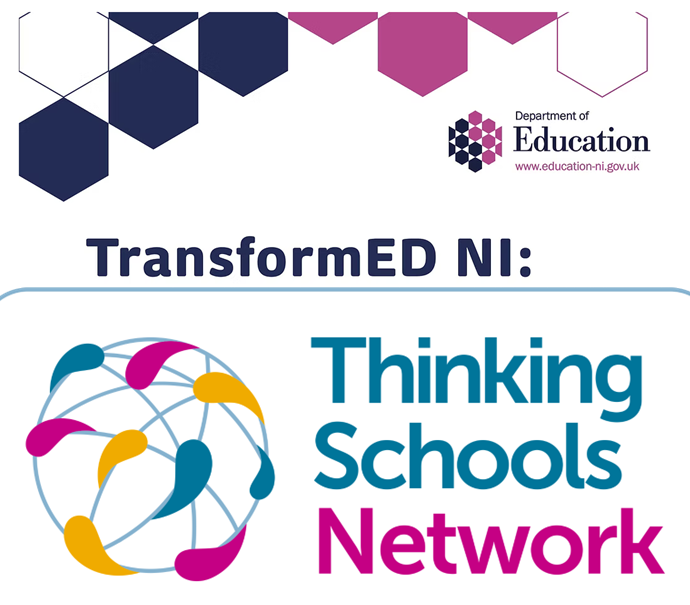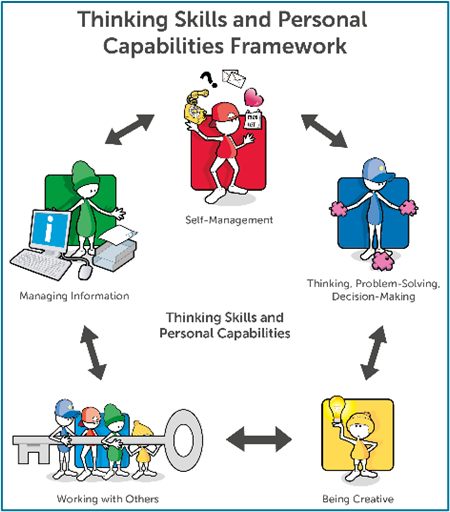Embedding the Science of Learning in the Curriculum
Let’s step back for a minute, the brain’s intricate workings allow us to create huge works of art that wrap the coast of Sydney; to move our bodies to be able to flip backwards over a pole and see how high we can go; or to learn a new language. Teaching all students, in an age-appropriate way, the wonders of the brain sets them on a journey: to see themselves as life-long learners; to undertake a job that stretches their skills; to create new ideas; or use resilience when life takes an unexpected turn.
In a Thinking School, we often talk about the importance of practice being informed by a shared understanding of how students learn and of pedagogical approaches that will have the most significant impact for the learners, informed by robust research evidence. With the increase in scientific knowledge about the workings of the brain, interest has grown incrementally, across the education community, about the potential implications of this for teaching and learning.
Around the edge of the Thinking Matters’ Big Picture, the reflective lens lists the fields of research and key players in the Science of Learning. Within psychology, the study of the mind; child and adolescent behaviour; and neuroscience, a whole host of strategies have evolved that positively impact learning. The same is true for education; the field is not static. As we delve in and begin to visualise the Science of Learning, the way our brain functions and the amazing things it can achieve is important.

Of particular interest to education has been research into motivation and reward, working memory and long-term memory, and cognitive load, as we can see from the last changes to the Ofsted framework [1]. Within our Science of Learning day, we discuss and examine some of the key elements and reflect on how this shapes pedagogy and practice in that school. The EEF’s study into Cognitive Science examined theories of effective learning research in the following areas: spaced learning, interleaving, retrieval practice, strategies to manage cognitive load, working with schemas, dual coding and embodied learning. [2] Added to the EEF report about metacognition and self-regulation which advocates teaching pupils to think about their own learning by teaching them specific strategies. These approaches are more effective when they are applied to tasks rooted in the usual curriculum content.
This is further highlighted by Abrami et al’s [3] research into the impact of critical thinking when explicitly taught in schools. The findings of the meta-analysis support a blended approach: purposeful, self-regulatory judgement skills are taught as a separate subject and infused within core subjects. Applying this to the Science of Learning, when schools ‘blend’ each element within the school’s pedagogy and curriculum, alongside explicit reference for students, the impact will be maximised.
One of our pillars on the road to ‘whole school metacognition’ is developing a common language within school so that students begin to engage with neuroplasticity, extraneous load, retrieval and the full gamut of vocabulary it will begin to enter the classroom vernacular.

It will be important for the school to have agreed an implementation plan for introducing the Science of Learning to the students. Harvard University’s Ron Ritchhart introduced the idea of enculturation as the key to deep learning and to the development of the metacognitive strategies and intelligent learning behaviours needed by students as they face the complexities of our challenging world. He has identified eight ‘forces’ that ‘shape culture’ [4]: expectations, language, time, modelling, opportunities, routines, interactions and environment.
While it may seem obvious at this point, the process of developing into a Thinking School engages a vision for whole school cultural change over time. Change, as we know, needs to be thought through carefully in order to be sustained. Thinking Schools are not just about improving questioning, or focusing on certain skills, or implementing a single strategy. Neither is it just about students, or teachers or senior management. It is the bringing about of a community that understands, believes in and is committed to the co-development and interdependence of thinkers and learners of all ages.
And that’s only the beginning… for schools wanting their pupils to ‘learn how to learn’ and introduce the elements from our Science of Learning day, we have developed an app for those in Years 5, 6 and 7. Additionally, for other year groups you are welcome to access our classroom support materials and videos provided within Adventures in Metacognition.
Additional Supporting Resources: some further resources are provided for TSN Premium Members for use in supporting practical implementation of the Science of Learning within the Thinking Matters membership portal of the website.
————-
[1] Ofsted. (January, 2019). Education inspection framework: overview of research No. 180045. p. 19
[3] Abrami, P.C., Bernard, R.M., Borokhovski, E., Wade, A., Surkes, M.A., Tamim, R., & Zhang, D. (2008). Instructional interventions affecting critical thinking skills and dispositions: A stage 1 meta-analysis. Review of Educational Research, 78(4), 1102-1134.
[4] Ritchhart, R. (2015). Creating Cultures of Thinking: The 8 Forces We Must Master to Truly Transform Our Schools. USA.



